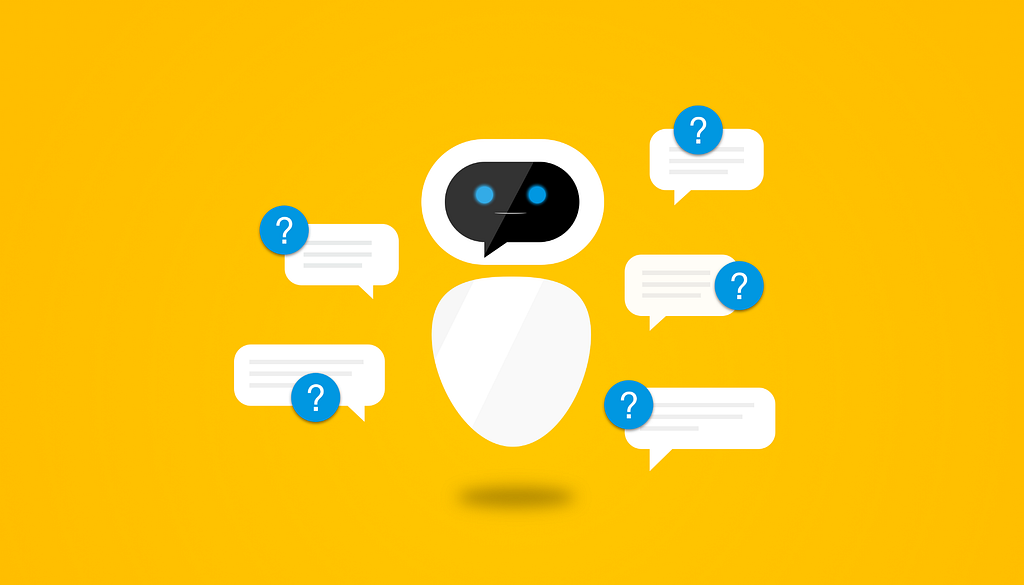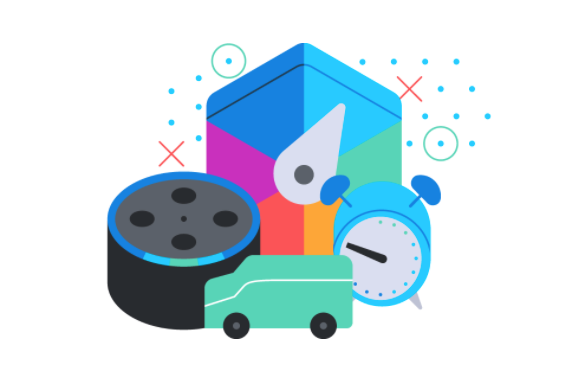Your cart is currently empty!
Instagram AI Chatbots Will Be Sellers while Products Will Be Services

Although intelligent agents have been extensively reported in both the specialized media and mass media, the communication and marketing areas of most brands haven’t used them widely yet. Some brands use smart agents or assistants in their customer service and in relation to consumers, but it’s still in its early days.
This technology will be predominant soon, not only in relations between customers and companies but also in the transformation of products into new services for consumers.
The way that artificial intelligence interacts with “consumer experience” is of critical importance for marketers.

According to Cukier (2021), the core quality of AI is that it can exceed human capabilities, allowing radical improvements in products and services, thus improving the consumer experience, producing new and beneficial experiences for customers. Thus, we need to understand that the main characteristic of AI is that it is not something you can buy directly; it is an “intermediate good” — like electricity or microprocessors. It manages something, but it is not the thing itself. This new technology will carry out tasks better than a human being in terms of speed, scale, accuracy and cost therefore.
This technology presents new challenges and opportunities for CMO’s brands. Certainly, all companies will be impacted by this transformation that is starting. It is essential to understand how it will work and take the best strategic advantage of this new reality.
“Chatbot” is a combination of “chat” and “robot.”
One of the most obvious uses of AI in companies is human-computer interaction via various interfaces, particularly chatbots or intelligent assistants, regardless if they are commanded by voice or text. “Chatbot” is a combination of “chat” and “robot.” According to the Oxford English Dictionary, a chatbot is a program designed to stimulate conversations with human users, especially on the internet. However, a chatbot is defined by a computer program designed to converse and interact with people using natural language, which may be written or spoken.
Trending Bot Articles:
2. Automated vs Live Chats: What will the Future of Customer Service Look Like?
4. Chatbot Vs. Intelligent Virtual Assistant — What’s the difference & Why Care?
This technology has caused a dramatic shift in customers’ experience, allowing communication between them and brands to rapidly increase. This ease grew with the emergence of social networks and well-known search engines, giving quick and accurate responses. It changed the behavior of consumers, who increasingly prefer autonomy in customer service and even self-service. They want answers and services anywhere, anytime, and usually without any form of interaction with brand representatives.
What are the benefits of chatbots for customers and businesses? There are three main positive aspects of chatbots: service extension, stress reduction and instant response. Previously, contacting a company took time and a lot of effort. A customer had to call the company or write an email and wait days or even weeks for a response. The implementation of chatbots can eliminate the pain of these tedious procedures such as contacting companies.
This new behavior is changing the business. Companies are answering questions and dealing with queries faster, trying to let their users process their experience by themselves through self-service and to provide improved customer service. Businesses are preparing for easy, instant communication with their customers, facilitating purchases and other functions such as usage tips and questions. Messaging platforms have chat functions that engage customers and meet their needs, like ordering goods without delay.
In addition, bots also offer the possibility of extending services being available anytime and any day of the week. There is a link between a chatbot and other services provided by other companies. For example, a commercial airline’s chatbot can be connected to Taxify and Airbnb.

Alexa has already been connected to Airbnb, Uber, Amazon Music, Apple Music, Deezer, iHeartRadio, Pandora, SiriusXM, Spotify, Tidal, TuneIn and Vevo. Alexa is available directly on Amazon’s Echo devices and on many third-party devices such as speakers and TVs and via Alexa smartphone app as well. It is also available in some cars and some wearables. This is a great opportunity for some home appliance brands to take a big step and go from offering just physical products to becoming service providers for their customers. For example, you can see the Ring Video Doorbell on your Echo Show and you can do the same with Arlo cameras. Also, you are able to connect Alexa to your Philips Hue lamps and other ones, such as Ikea ones, to turn them on and off by voice, or connect to heating controls to check and change the temperature in your home.
This transformation of products into services or “servitization” (with apologies for this clumsy new term) is gaining popularity (Cukier, K., 2021). It describes AI’s effect on many everyday consumer items, transforming them from standalone products into services, giving them “senses” and “intelligence” to make judgments. A map is one of the bright examples. It used to be a paper product. However, due to digitization and AI, maps have become a service, showing users the most effective route, and updating it in real time based on traffic flows. In some cases, the business model shifts from a one-time sale to revenue from a recurring subscription. For example, a digital watch may become a fitness tracker or health monitor (Cukier, K., 2021).
One more relevant point is that these agents learn from experience, they start understanding the characteristics of their users and supply the company with data that will be useful in the future development of new products and services. Obviously, such issues as privacy, ethics and legal compliance are crucial, to avoid exposing customers’ sensitive data. Customers only want chatbots to be well designed and efficient. They must be able to offer easy solutions to users’ demands. Chatbots may not necessarily have deep human conversations, but they must be able to accurately respond to questions and demands. It is essential to emphasize that the use of these intelligent agents implies a very intimate human-machine relationship and requires people to trust companies. Such relationships can become lasting.
Thus, it is fundamental for brands to be completely transparent in these relations, making it clear that conversations are being mediated with the help of a machine, what data they are capturing and what they intend to do with it. They will come to trust in this new form of relationship only by clearly and objectively providing information to customers
The business landscape is changing very quickly to such an extent that it is hard for us to keep track of all these changes. All products will “do” things and not just “be” things soon.
Don’t forget to give us your 👏 !




Instagram AI Chatbots Will Be Sellers while Products Will Be Services was originally published in Chatbots Life on Medium, where people are continuing the conversation by highlighting and responding to this story.